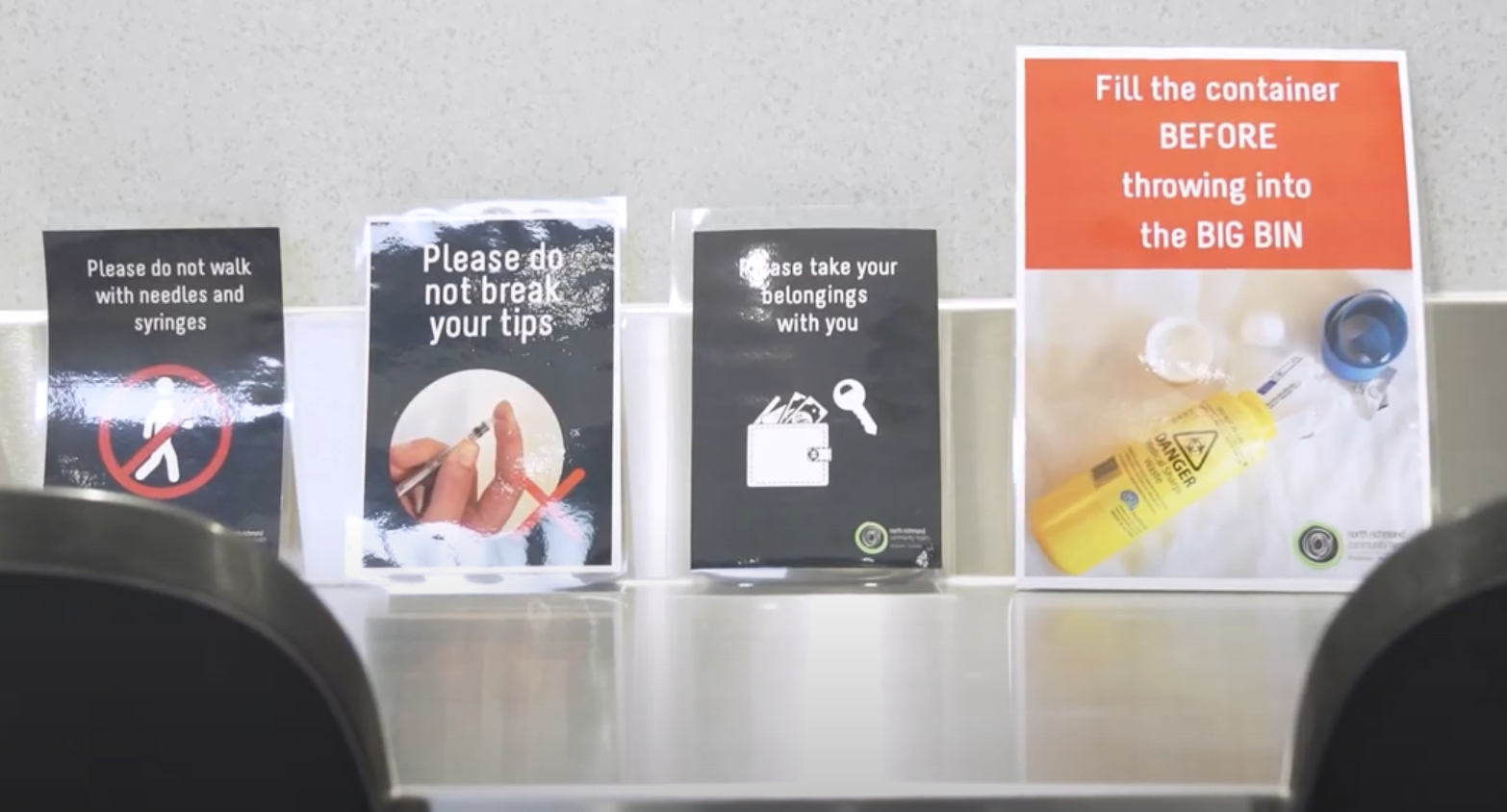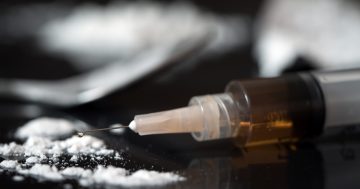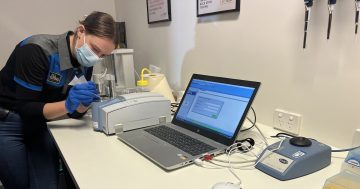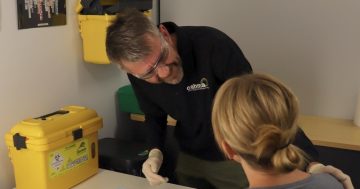
A drug consumption room has been recommended for the ACT. Photo: File.
25 years after a similar trial was opposed by the Howard government, a feasibility study has recommended a small drug consumption room with an initial focus on injectable drugs, servicing around 1000 Canberrans.
The study’s final report found that further work should be undertaken to determine the need and cost for expanding the service to cover other forms of drug administration, such as smoking.
A small injecting room in the ACT that reflects Canberra’s population would still deliver “substantial drug harm reduction benefits”, the report said.
It would also have the capacity to scale up to meet demand despite the size.
Potential users said they would be very willing to use the injecting room, which would be linked to existing harm reduction services.
People in Civic were the most receptive to using the room, while the broader public showed a high level of support for the model, the report said.
“Our analysis of drug use patterns and related trends in the ACT showed a high level of polydrug use and an underlying prevalence of harms that requires a response,” said the report which was undertaken by the Burnet Institute and the Canberra Alliance for Harm Minimisation and Advocacy.
“A drug consumption room is a good fit for the documented need and is well supported by the stakeholders – especially consumers – we interviewed for this study.”
Further consultation was, nevertheless, recommended to better understand the need and support for an injecting room.

Health Minister Rachel Stephen-Smith said the ACT Government will continue to support harm minimisation policies. Photo: Dominic Giannini.
The implementation of a safe injecting room has been a contentious issue in the ACT for a quarter of a century.
A plan to provide heroin to addicts was proposed in 1991 by then Independent Health Minister Michael Moore and was approved by the Ministerial Council on Drug Strategy in 1997. The Chief Minister Kate Carnell was supportive but Prime Minister John Howard was strenuously opposed to the plan.
Mr Moore’s subsequent proposal for a safe injecting room trial also had support from Ms Carnell and then Opposition leader Jon Stanhope. Branches of the Canberra Liberals passed a resolution calling for no further action on the scheme without a referendum.
However, public support for harm minimisation strategies in Canberra has increased in recent years, where support is stronger than in other Australian jurisdictions.
In the ACT, support for pill testing was as high as 70 per cent while 55 per cent of people supported drug consumption in supervised facilities the National Drug Strategy Household Survey found.
Minister for Health Rachel Stephen-Smith said the ACT Government would continue to implement harm minimisation responses to the use of alcohol, tobacco and illicit drugs.
“The findings from this report will help to inform further community discussion as we continue to develop policies and initiatives that reduce the harms associated with drug use,” she said.
“The ACT is leading the nation with drug and alcohol policies that reflect our approach to harm minimisation.”
A new Assembly Select Committee has been established to examine the proposed legislation to decriminalise small quantities of particular drugs of dependence including MDMA, cocaine and heroin.





















